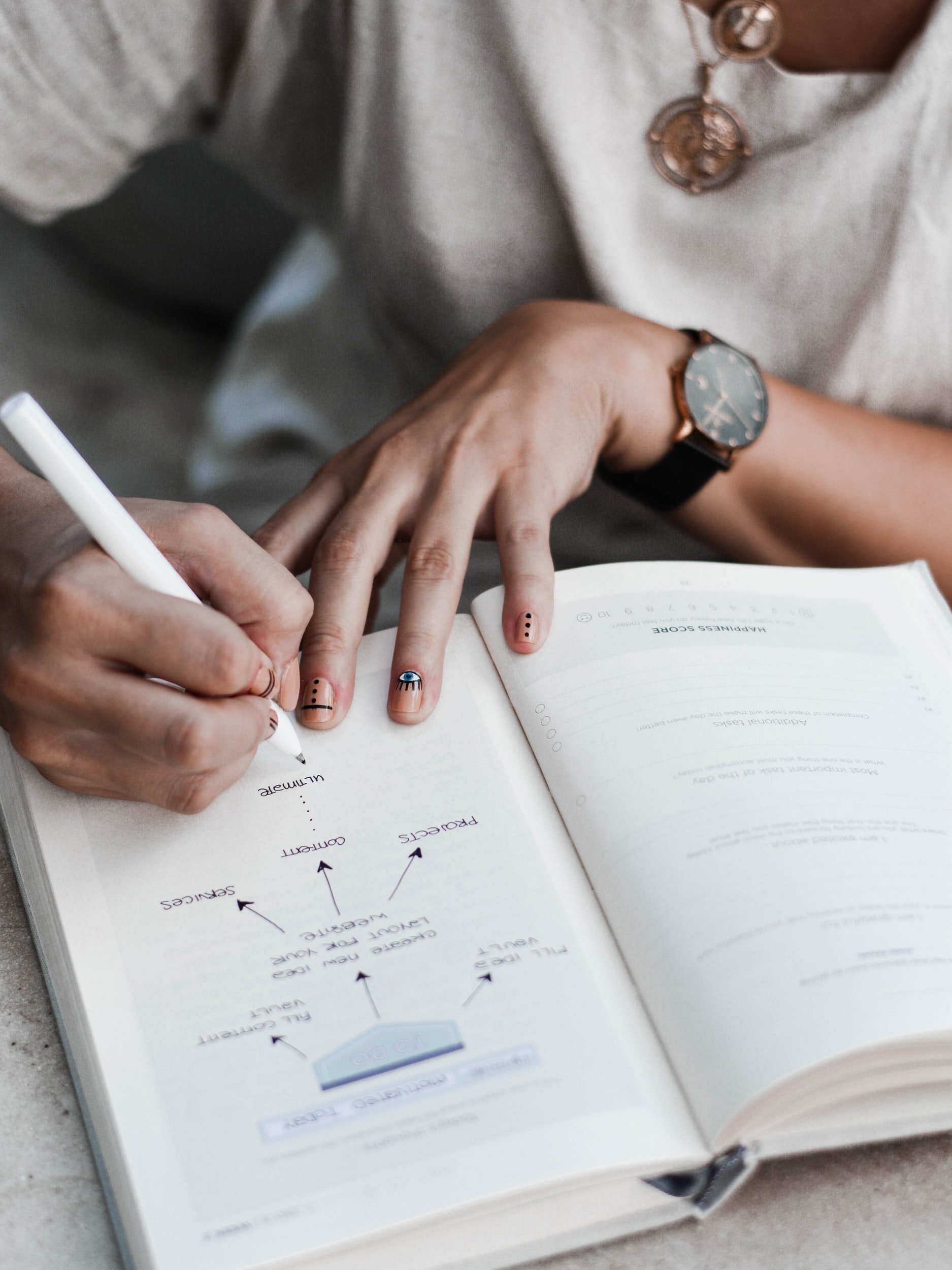Women’s Equality Day
Three suffragists casting votes in New York City, 1917
First, a little history…
The Women’s Suffrage movement fought for the right to vote and for equal rights in society. Active in both the UK and the US, years of struggle preceded meaningful action.
Suffrage campaign days in New Jersey
Library of Congress Prints and Photographs Division Washington, D.C.
Legal equality for women was a two-stage legislative process in the UK:
In 1918 the Representation of the People Act was passed which allowed women over the age of 30 who met a property qualification to vote. Although 8.5 million women met this criteria, it was only about two-thirds of the total population of women in the UK. It was not until the Equal Franchise Act of 1928 that women over 21 were able to vote and women finally achieved the same voting rights as men. This act increased the number of women eligible to vote to 15 million.
- UK Parliament archives
American women were not mentioned in the Constitution until the 19th Amendment was ratified August 26, 1920. The 19th Amendment led to the largest single one-day increase of potential voters in the history of the United States.
The right of citizens of the United States to vote shall not be denied or abridged by the United States or by any State on account of sex.
– US National Archives
Unfortunately, it took decades of fighting for women of color to gain rights the United States. It was not until passage of the 1965 the Voting Rights Act that Black women gained the right to vote.
What is Women’s Equality Day?
At the behest of Rep. Bella Abzug (D-NY), in 1971 and passed in 1973, the U.S. Congress designated August 26 as “Women’s Equality Day.” The date was selected to commemorate the 1920 certification of the 19th Amendment to the Constitution, granting women the right to vote. This was the culmination of a massive, peaceful civil rights movement by women that had its formal beginnings in 1848 at the world’s first women’s rights convention, in Seneca Falls, New York. The observance of Women’s Equality Day not only commemorates the passage of the 19th Amendment in the United States, but also calls attention to women’s continuing efforts toward full equality.
In her own words
History comes to life when we can read the original writings of those who were involved. Luckily, the Suffragettes shared their thoughts in correspondence, papers, poetry, and other creative expressions. Thanks to open-access digital archives, we can read many of those original writings. Find an extensive collection of original records from the UK movement in the British Library, and find records from the US movement in the Library of Congress and National Archives. Here are some additional resources:
The Women’s Rights Movement, 1848–1917 and The Nineteenth Amendment, 1919–1920 in the US House of Representatives History, Art, and Archives collection.
The Suffrage Interviews: A collection of oral history interviews about the British suffrage movement.
The Suffragist: Read archived issues of a magazine from the Congressional Union for Woman Suffrage.
Suffrage cartoons and artwork by Blanche Ames: Blanche Ames was a scientific botanical illustrator who contributed extensively to the women’s suffrage movement.
The Woman's Journal and Suffrage News: Edited by Julia Ward Howe, Lucy Stone, Thomas Wentworth Higginson, and others, "The Woman's Journal" was published in Boston from 1870 until 1917. Blanche Ames was the art editor of this journal.
Teaching about research with primary source materials
Your students might be unfamiliar with analysis of historical documents, maps, photos, or sound recordings. Share these tools and guides, as well as the Methodspace resources listed below.
Teacher's Guides and Analysis Tools from the US Library of Congress here.
Woman Suffrage and the 19th Amendment Educator Resources, and resources about how to start researching records at the National Archives in this guide and the "Know Your Records" series on YouTube

















Learn about qualitative data analysis approaches for narrative and diary research in these open access articles.